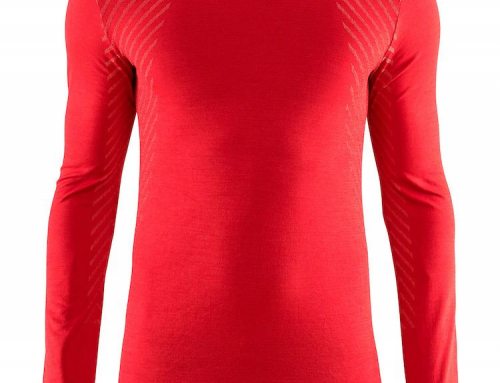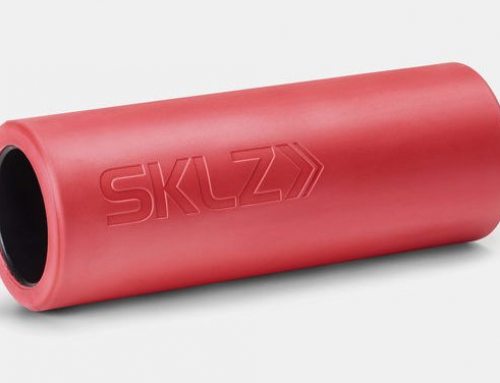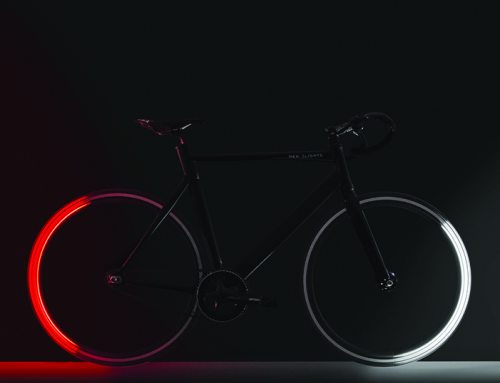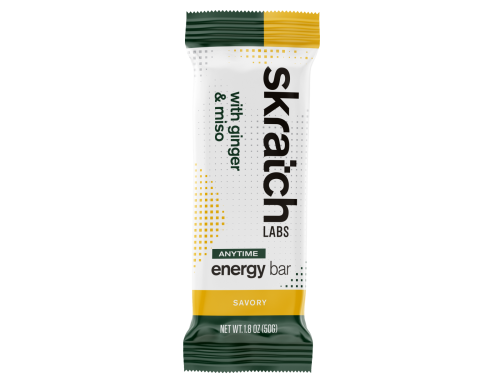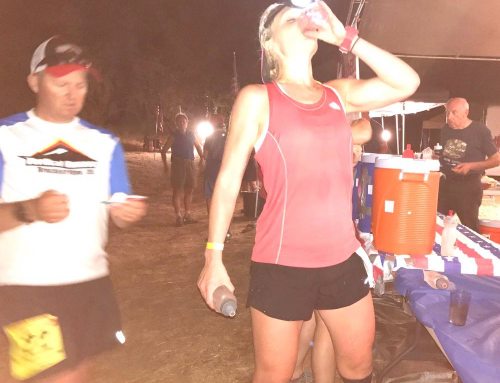Powerstroke®: Speed Through Force & Form Freestyle Technique DVD: $29.99
By Cid Cardoso, Jr.
Most triathletes do not come from a swimming background so naturally the swimming portion is often the most challenging. Unlike cycling and running, where the more one runs or cycles, the better one gets, the learning curve to efficient swimming is much steeper. Swimming fast has to do much more with good position and effective underwater pulling than overall fitness or raw strength. Swimmers and coaches talk about things that are foreign to us land people, like “feel for the water” or the elusive “high elbow pull”. In addition, the fact that we have to concentrate on technique in a state of oxygen deprivation and in an underwater environment (in which it’s hard to get full and clear mental picture of what we’re doing) further complicates mastering the freestyle, or any other swimming stroke for that matter. The bottom line is that if one didn’t grow up swimming competitively, good swimming technique does not come easily. It is not surprising then that triathletes are more than ever looking for ways to “learn” good technique, in order to get faster or simply survive the swim.
I have always felt that hiring a good coach or joining a masters’ program are the best paths to good swimming. The immediate feedback and constant reinforcement offered by coaches and the motivation of working out with others bring invaluable advantages. Nevertheless, these are often not options to most triathletes due to family and work commitments, costs, and convenience. So how is a swimming DVD used as an alternative? In order to find out, I grabbed a copy of Powerstroke: Speed Through Force & Form Technique DVD, produced by our local coaches Marty and Brianne Gaal from One Step Beyond Multisport.
Powerstroke is mostly a way of swimming, but Marty also describes it as his “method for teaching competitive freestyle swimming technique to adult triathletes and open water racers.” It was developed specifically for adult swimmers with the goal of improving their swimming speed. Marty started coaching swimmers and triathletes in the mid nineties. He swam for Florida State University and is a member of the American Swim Coaches Association. He has been living in Cary for the last 5 years where he’s continued his coaching career and has worked with numerous athletes of all levels.
The Powerstroke DVD included over forty minutes of lecture and almost one hour and a half of swimming videos, including an in depth description and demonstration of drills. At first this seems hard to digest but I found that it flowed easily and it was surprisingly captivating. Plus, the fact that it’s divided into sections, make it possible to watch it in parts, as I did. As probably most triathletes would do, I went straight to the swimming videos first. However, after watching them for a while, I felt that I was missing a little something. So I decided to actually follow the order of DVD, starting with the lecture and the introduction. If you’re expecting a Hollywood studio and guest appearances from Michael Phelps and Natalie Coghlan, this is not the DVD for you. However, the austere classroom setting, simple yet functional camera work and Marty’s laid back approach definitely work for me. Marty is obviously very comfortable in front of the camera and you can tell he has a full mastery of the subject. He’s funny and he does an outstanding job in providing crisp, detailed explanations without overcomplicating things and talking about concepts that are over our heads. In the video, he’s talking to an audience and you kind of get the feel that you’re sitting right there with them.
The lecture starts with an overview of what Powerstroke is and as it progresses, it dives deeper into the finer points and more detailed explanations. I found it easy to follow and very informative. In fact, Marty’s out of water simple demonstrations, along with his descriptions of movements were perhaps even more helpful than watching the underwater videos. Not only is the way of swimming promoted by Powerstroke conceptually sound (it made perfect sense to a non-swimmer like me) but the way Marty presented the information made it easy to visualize the different arm positions. The fact that the lectures are also sprinkled with video shots help since one can see immediately how what was discussed is translated into the pool.
The audience in the lectures (that one cannot see but you know it’s there) also have some very helpful questions. I’m not sure if Marty had pre-prepped them into asking questions regarding the number of breaths per stroke that he recommended or how far inward to move the hands during the pull but the insights and answers certainly covered topics that I always wanted to find out.
His pool videos, which include over and underwater shots, basically cover different types of swimmers/swimming and illustrated some of the points discussed in the lecture. Again, no fluff here either, such as shots in sunny outdoor pools or beautiful beaches, but the shots are clean and well done and they certainly help drive home some of the different aspects of Powerstroke. I found the shots of Marty swimming particularly helpful as his high elbows during the pool sessions are so exaggerated that it is impossible to miss them. Plus, unlike videos that I’ve seen of Olympic swimmers in competition, the swimmer here moves slightly slower through the different phases of the stroke and the camera angles are better. As a result, it is much easier to see things like hand position, hip position, breathing and the difference between a 2 and a 6 beat kick. The paused explanations then again show the finer points that one might have missed. I found the sections on drills to be a little long (approximately 1 hour) but I think that if one is going to take the time to do swimming drills, you might as well take the time to learn and do them correctly.
I’m normally not the kind of person that will sit and watch a how to DVD but I can honestly say that I was quite pleasantly surprised by how much I enjoyed this one and how helpful it was for my swimming. I believe that Powerstroke’s emphasis on the high elbow pull part of the stroke is right in line with most of the latest and key concepts in swimming and yet is one of the hardest things for a triathlete to grasp. Marty’s experience in working with adult non-swimmers, gives him the knowledge on how to explain and demonstrate these concepts in a clear and easy to follow format. In one week of “practicing” Powerstroke, I have noticed that I’m swimming a couple of seconds faster per 100 yards. That may not seem like much but it’s the difference between making or not making the interval. It is also over 30 seconds in a mile swim. Plus, and perhaps even more important, I’m enjoying swimming more (which as we know is part of the battle). I actually feel like I’m making some progress and I don’t rely on swimming with the pull buoy as much. I’ve even referred back to the DVD periodically to get visual cues of where my hands and arms should be, when I feel that my stroke is slightly off. For those who can’t make it to Marty’s 6 am masters’ swim workouts, check out the Powerstroke: Speed Through Force & Form Technique DVD.
# # #
Cid Cardoso, Jr., owner of Inside Out Sports, has been doing triathlons for over twenty years. Last October, he competed in his 21st Ironman – his sixth appearance at Kona. A veteran of ultramarathons, he has competed in Team RAAM twice. He has seen equipment evolve with the sport and continues to test new products to assess their impact on performance. He trains, works, and resides in Cary, NC, with his wife, two daughters, and son. You can reach him at cidjr@insideoutsports.com.



